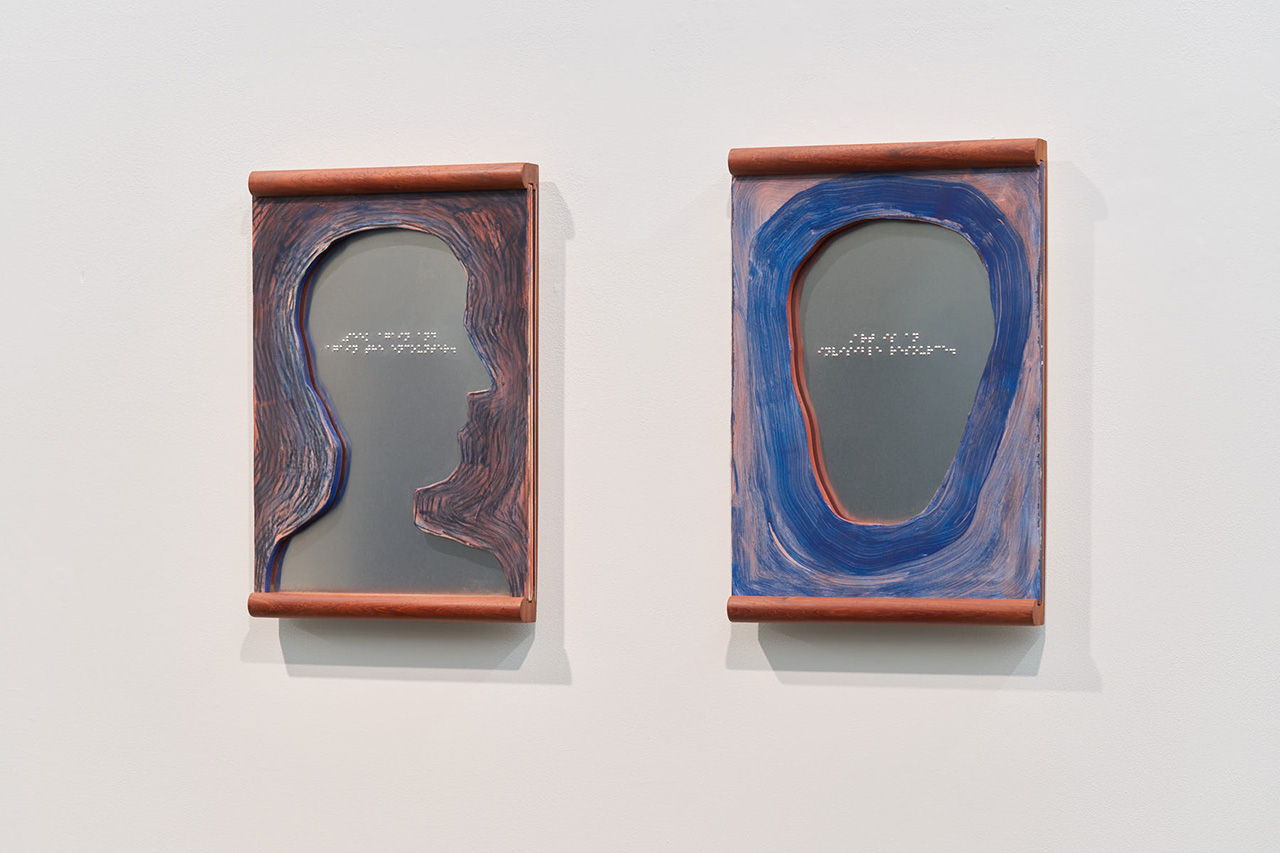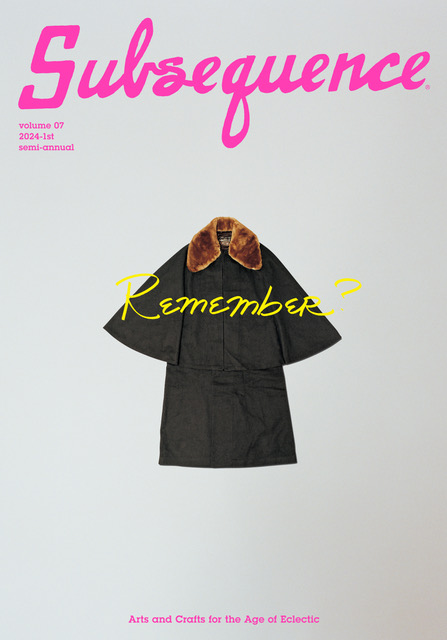Artisan
Fe Ca Sn
2025.07.02
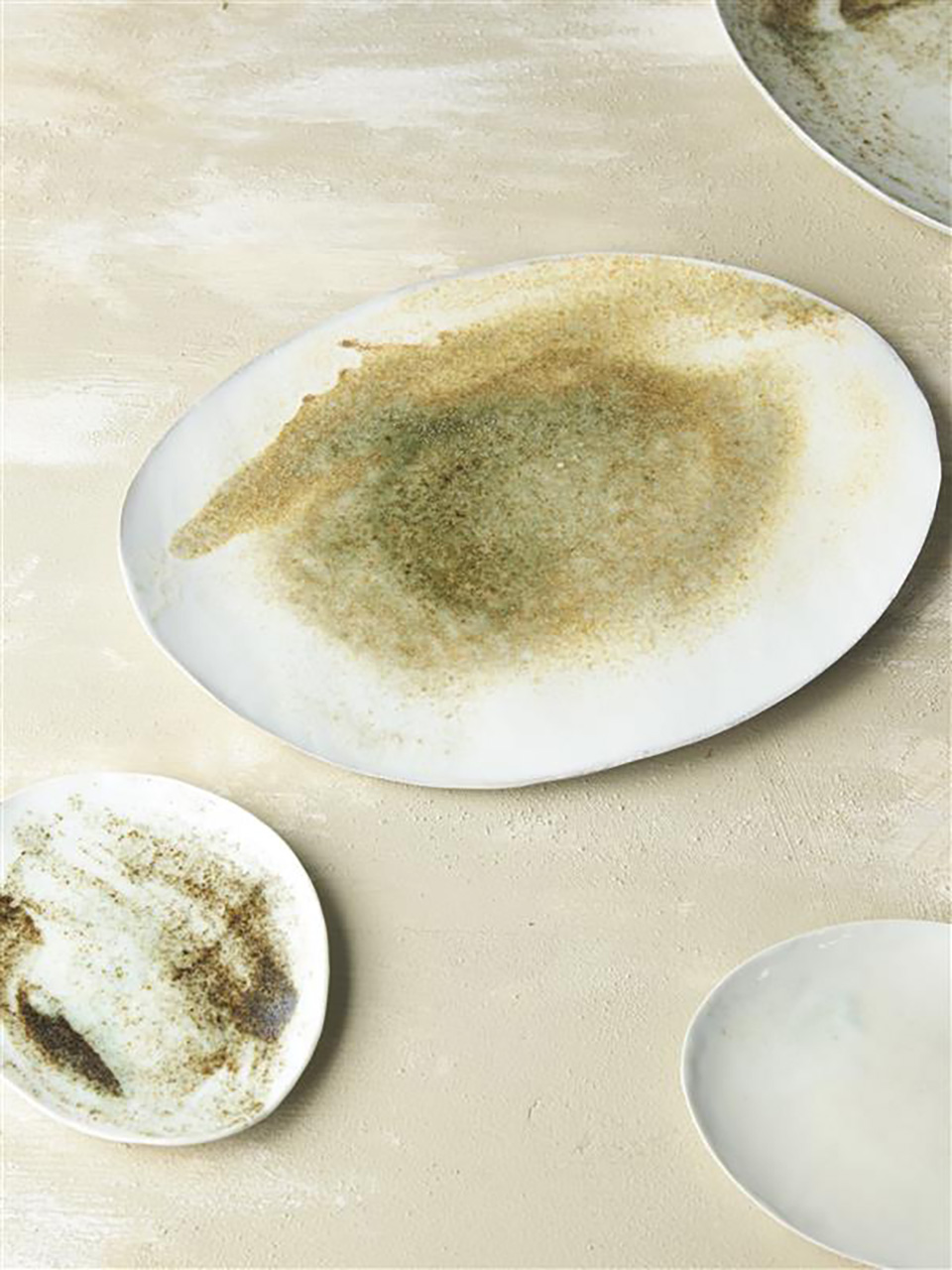

Artisan
Movie, Photo: Takeshi Abe
Text(Interview): Kosuke Ide
2022.07.25
visvim recently opened its newest store location VISVIM GENERAL STORE and VISVIM GALLERY in the Naka-Meguro area of Tokyo on July 16th. The garden, which acts as a symbol of this new store is the work of Master Sadao Yasumoro. This particular garden took over 10 months to complete and we have prepared some recorded footage of the process.
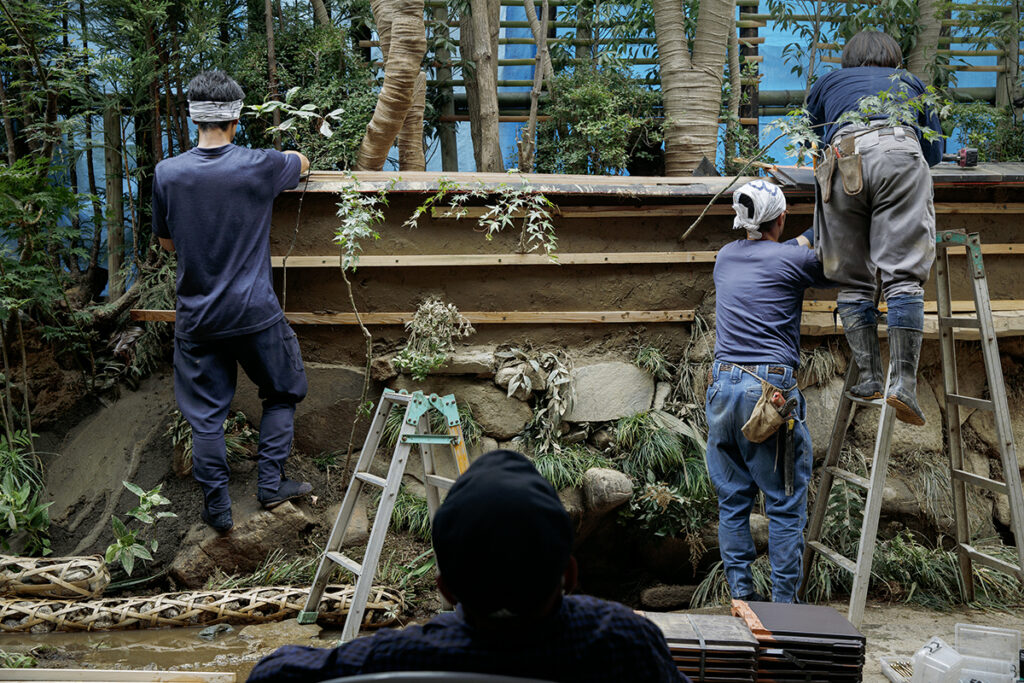
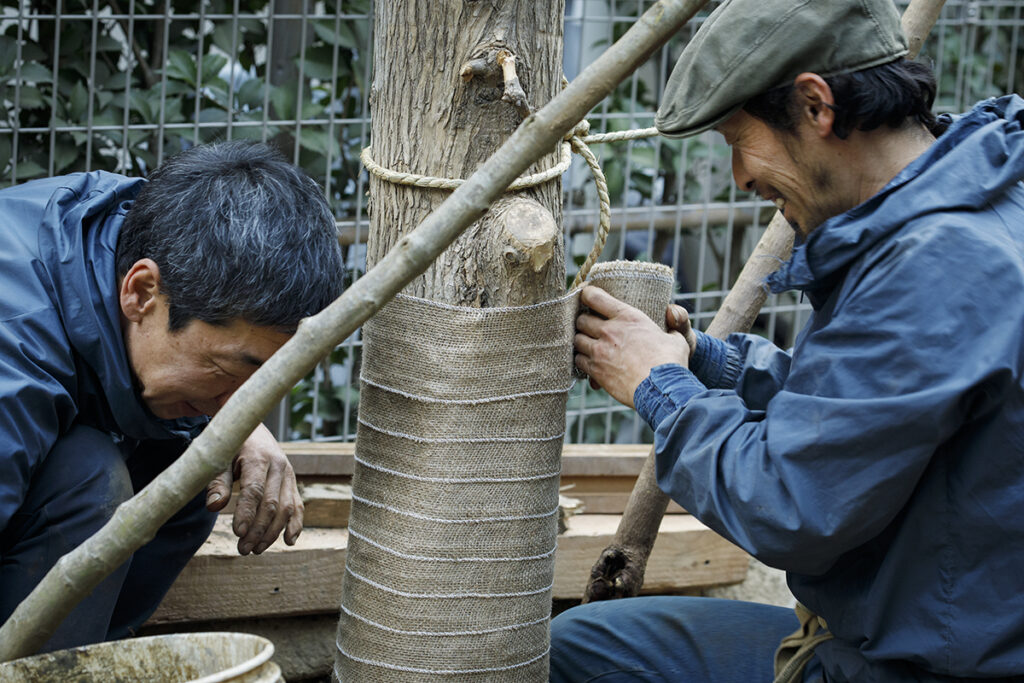
What becomes apparent from the recordings is the soberingly honest back-and-forth labor of working in a world of millimeters with such detailed finishing repeated again and again. It shows the gradual transformation of the space into completed garden all by the hands of a human, taking an image within the master’s mind and making it a reality by fine tuning, or sometimes with more significant adjustments to make the necessary changes to finalize the work.
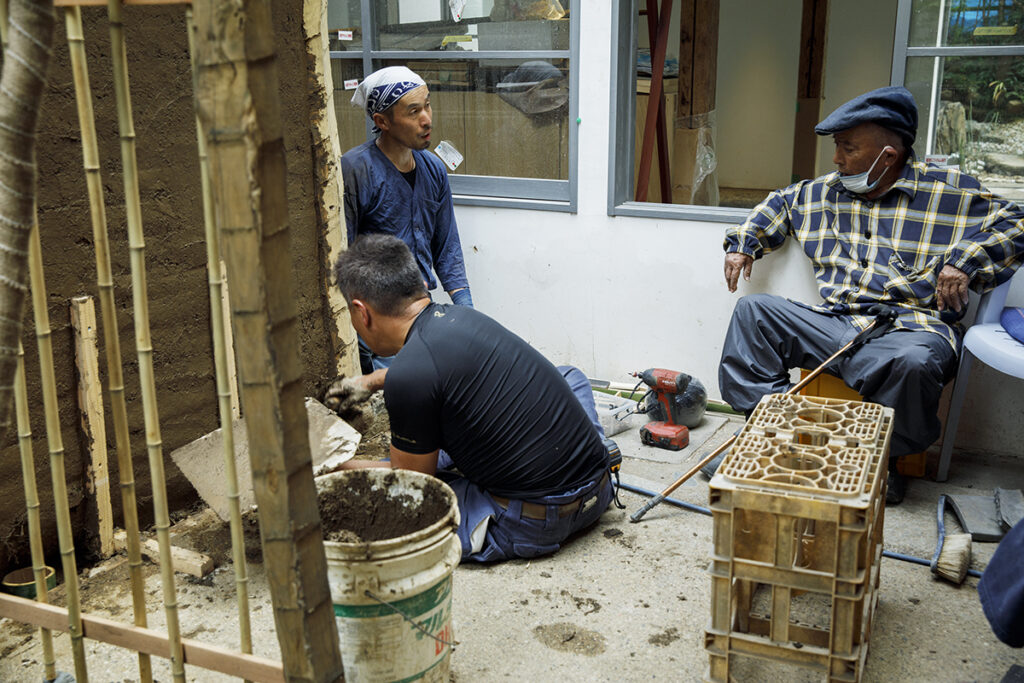
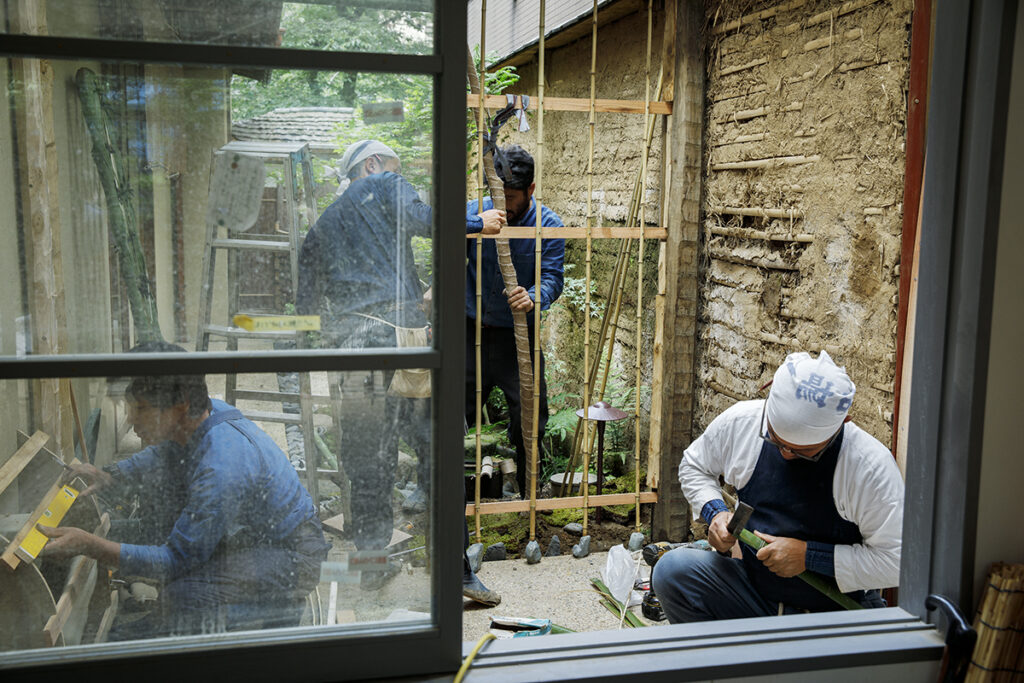
To meet every requirement, the stones were shaped by being broken up or shaved down, large trees were cut, and certain processes were executed with a hatchet or chisel, all done on site. From time to time there was assistance from the use of heavy equipment and a variety of machinery, but in general it is safe to say that the work process itself was as close to the olden times as it could have been.
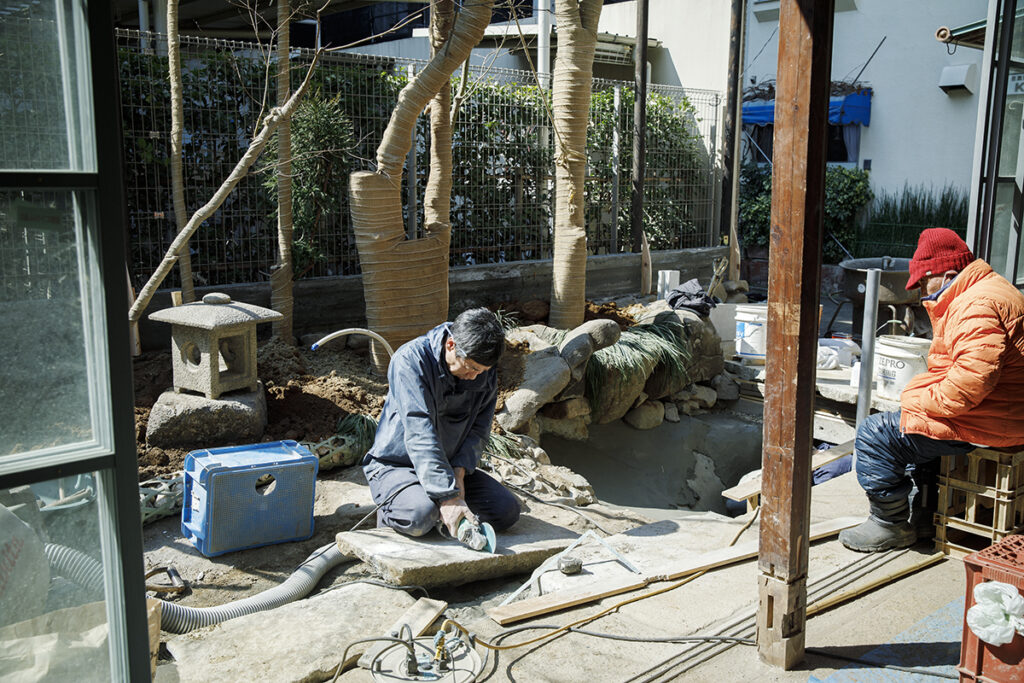
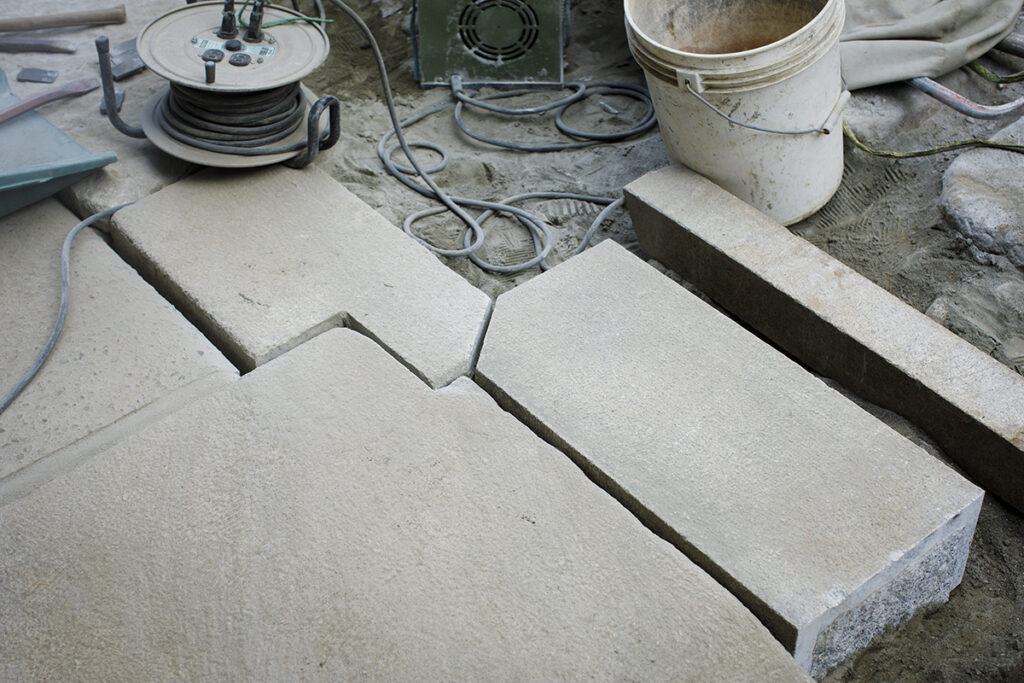
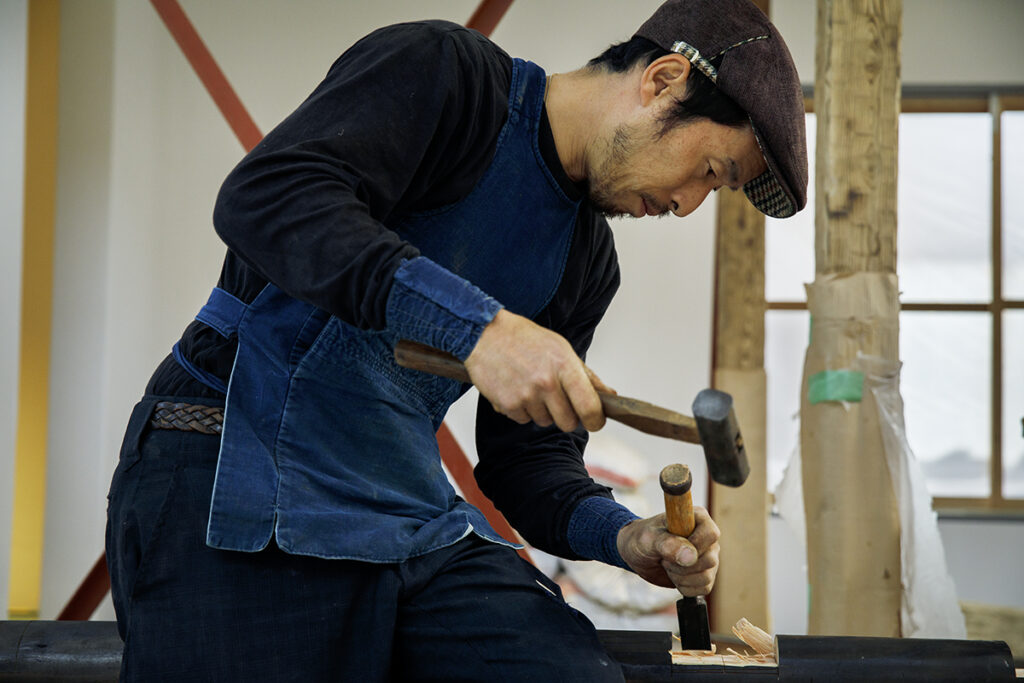
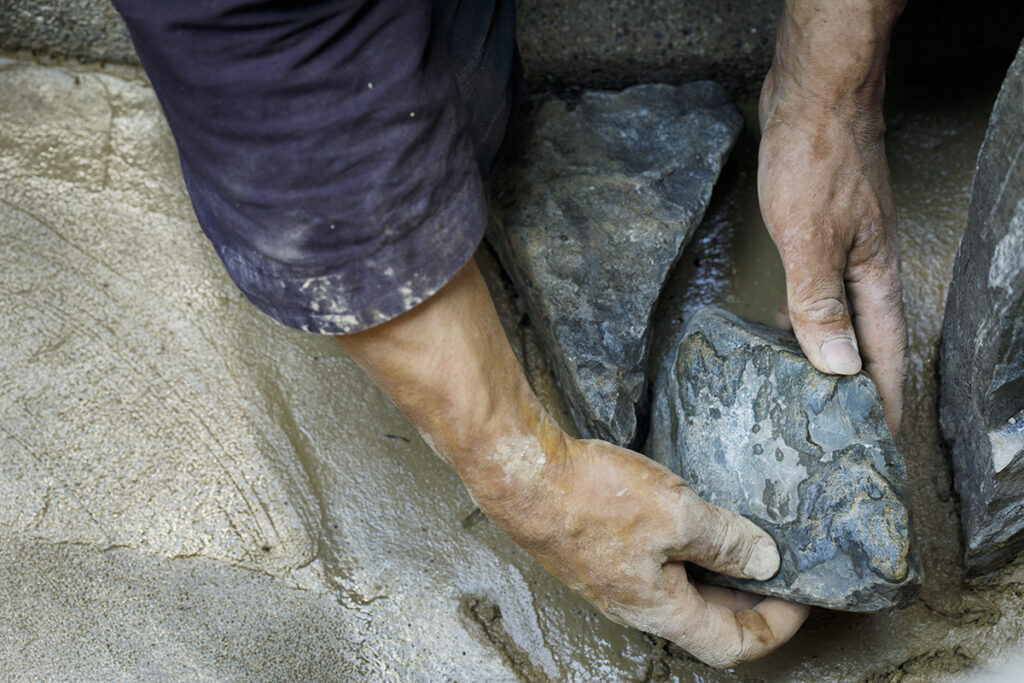
This is rare footage of a precious manufacturing process completed on site, almost becoming just a mere story from the past. Below, please take a moment to review this video along with the interview of the master himself.
Commentary from Master Sadao Yasumoro
Text: Kosuke Ide (Subsequence chief editor)
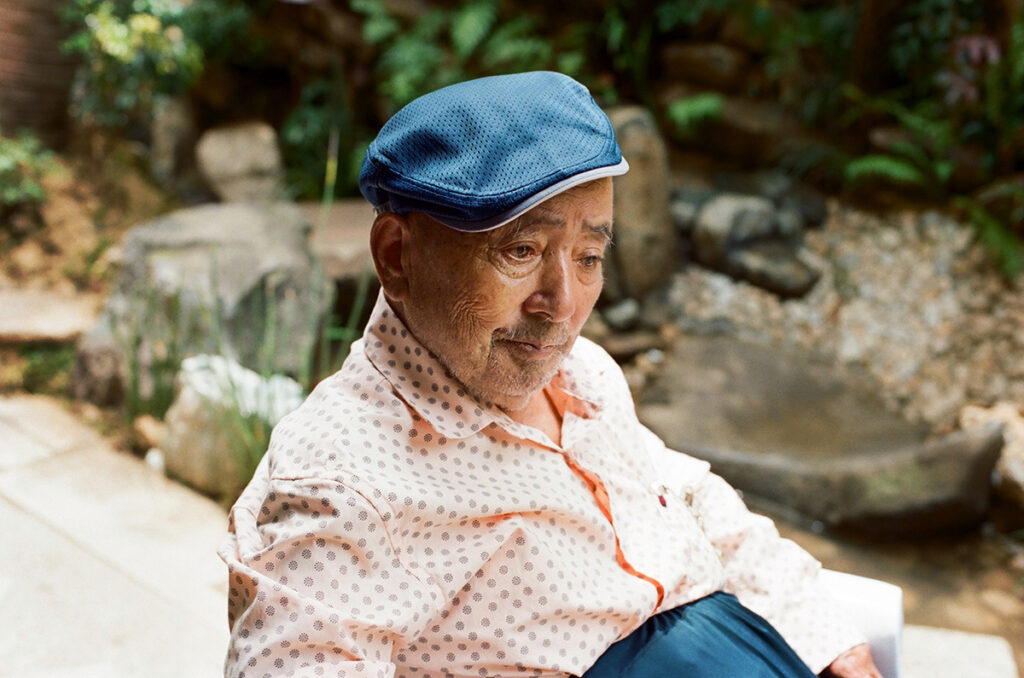
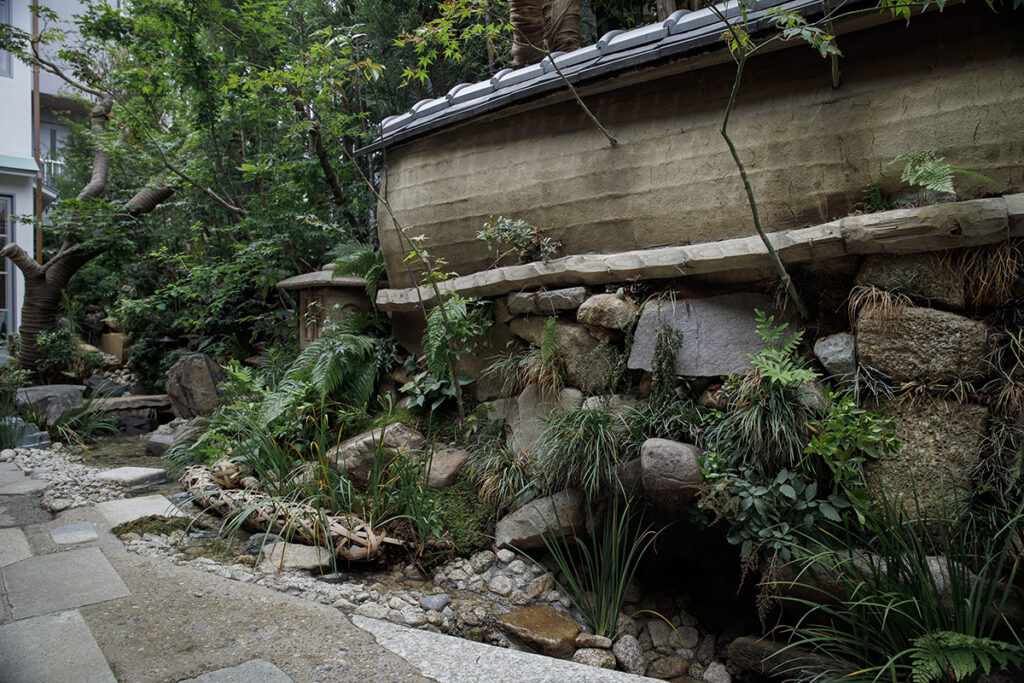
For this occasion, I made a new garden, which will become an extension of the first garden I created for their store in Naka-Meguro as they prepare for a newly expanded store location. The request from Mr. Hiroki Nakamura was to, “create a landscape like that of a mountain village in Miyama in Kyoto Prefecture.” While imagining the scenery of the mountain recesses dotted with thatched roof homes, I created a garden with a small stream running through it. With a focus on trees from Kyoto, we have used Kitayamasugi (Japanese cedar from the northern area of Kyoto) and oak, as well as mountain maple known for its new buds in the Spring and Fall Foliage.
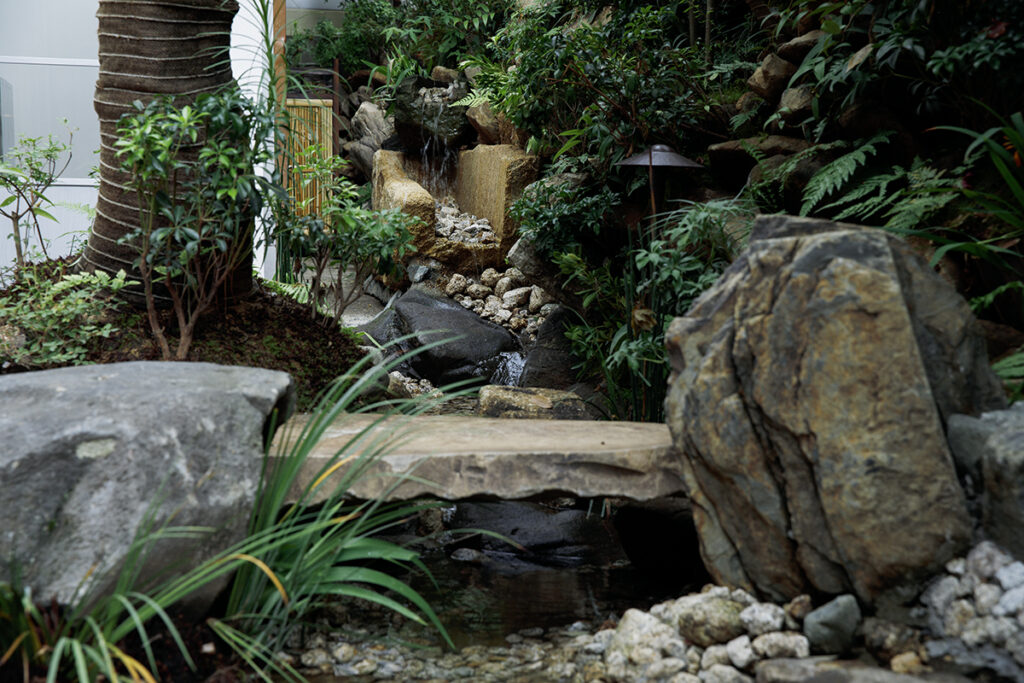
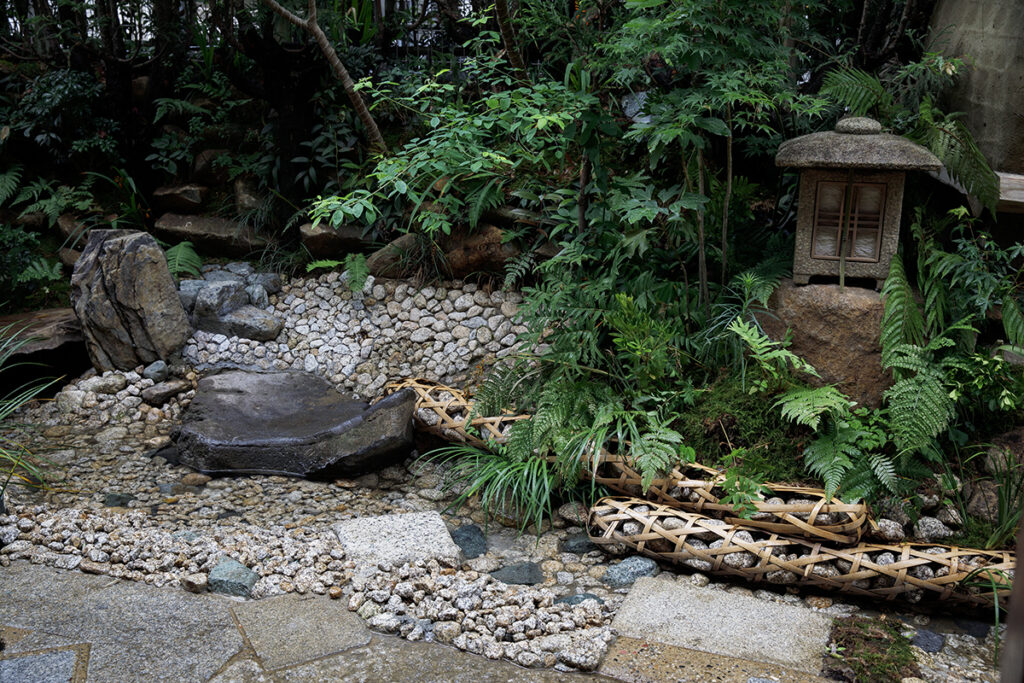
I stacked the stones along the river like they had naturally settled into place from crumbling mountain rock and finished it off by filling the openings between the stones with wild grass that seemed like it had grown naturally into the crevices. The stones are from the Kiso River in Gifu prefecture. It is very challenging to create natural landscapes like this with human hands. It is best not to think too much with your head and work by leaving it with nature.
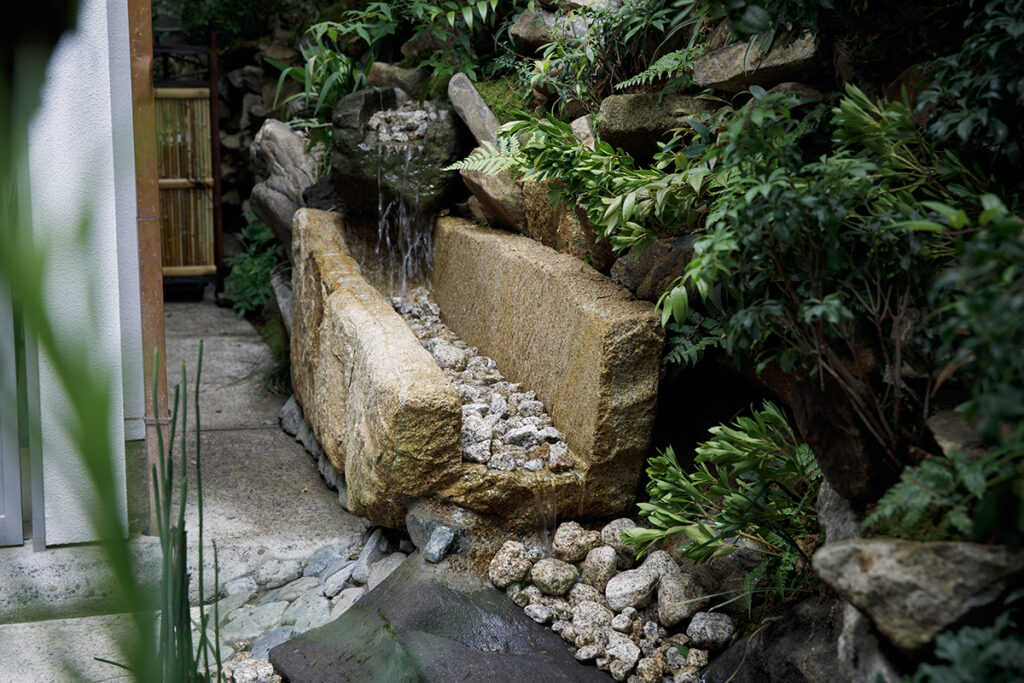
Near the source of water, we’ve taken two stone gutters and overlapped them to create a step in order to create a flow for the stream, but also to emphasize the sound of running water by placing finer stones inside the stone gutter. The aim was for people viewing this to imagine the water gushing from a distant place.
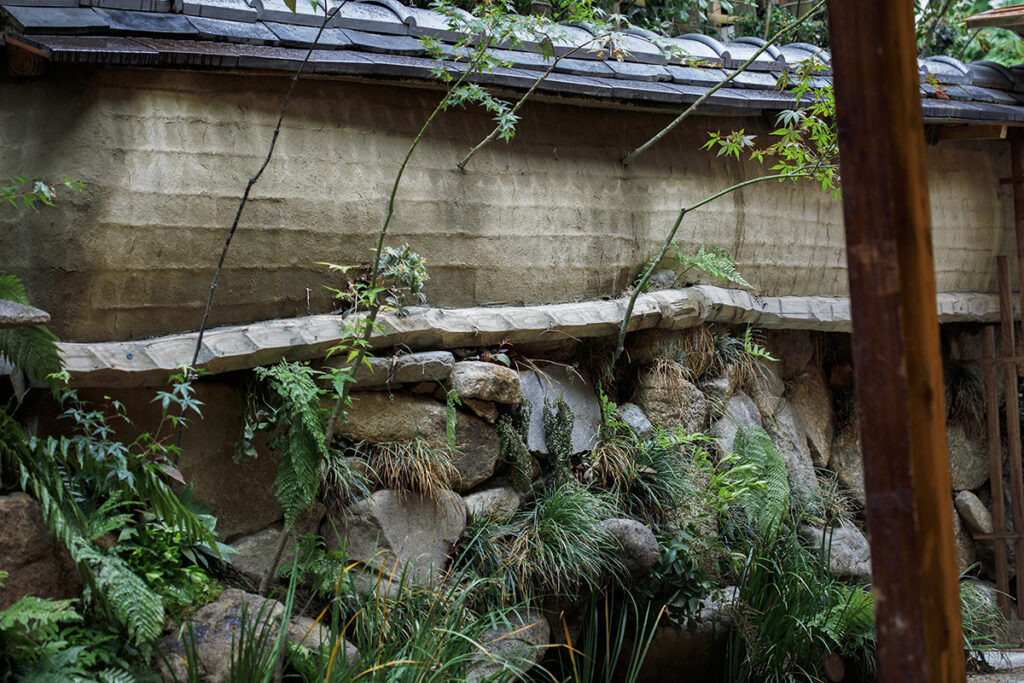
The earthen wall near the entrance with a unique bulge is like that from Shoudensansou in Uji Kyoto called taikobei. The tree on the edge has a surface treatment known as naguri, which is meant to appear as though a farmer had carved out the detail by oneself with a chona (hatchet). The floor area that extends out from the shop imitates what is known as tataki, which was common on older farms where concrete was not available and instead used hardened stone and dirt.
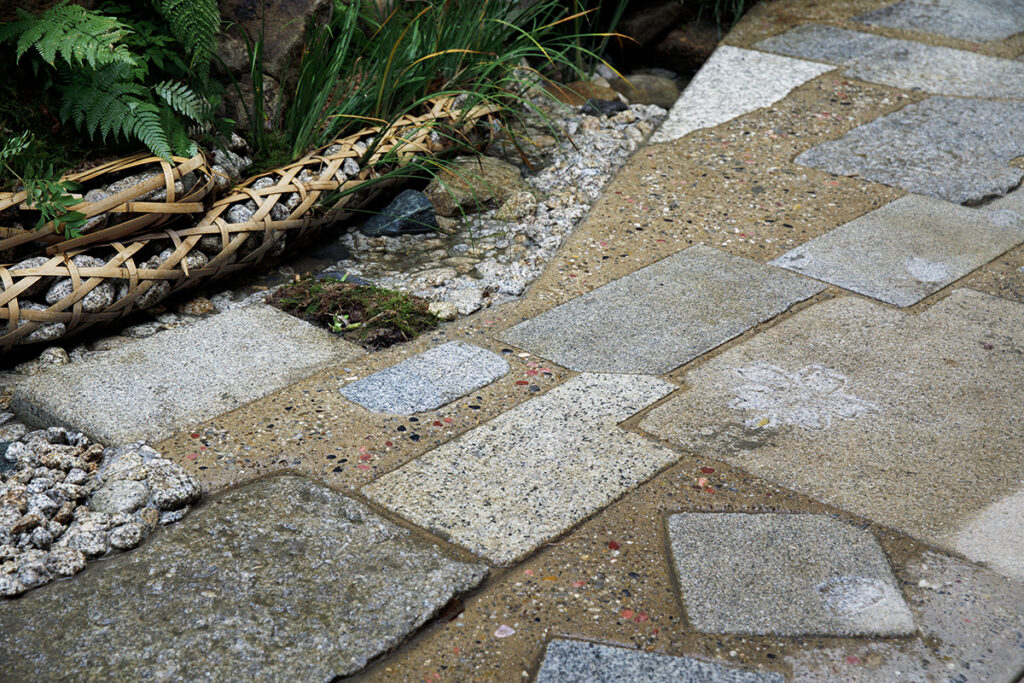
The paving stones laid in the pathway from the gate to the store are not aligned but rather set up in a free orientation. There is a story of a garden designer from the early Edo period known as Enshu Kobori who once upon a time witnessed paving stones that fell apart from strong winds and decided the accidental placement was interesting enough to emulate and laid out some stones in such manner. Perhaps this can be considered “designed by wind.” Another example of not overdoing things and letting nature to take over the making of the garden.
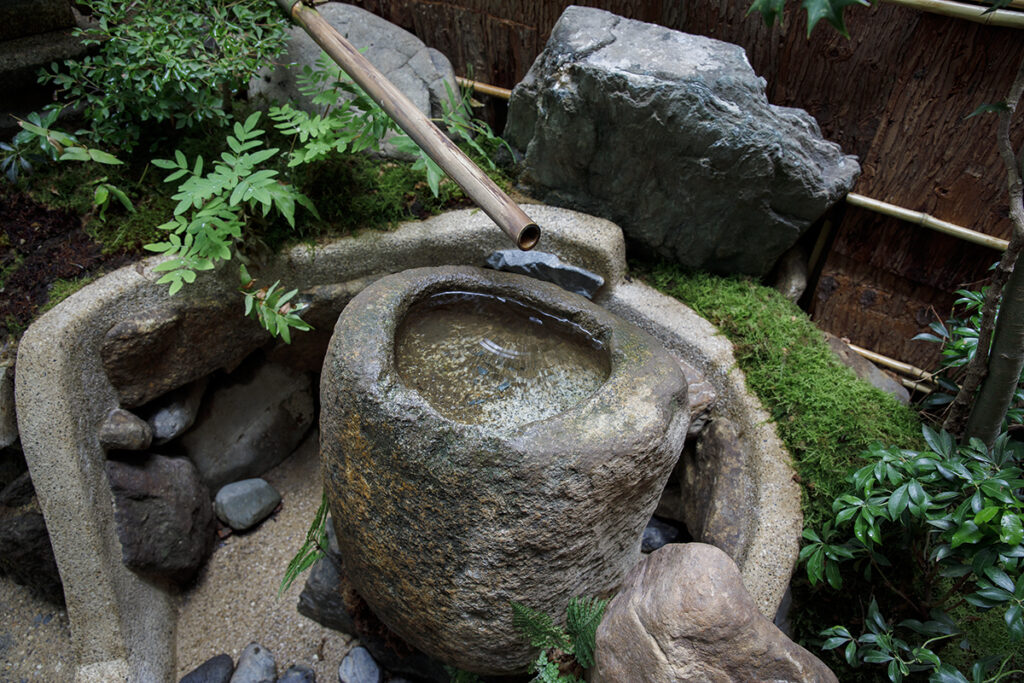
I have prepared suikinkutsu and tsukubai for the rear garden of VISVIM GALLERY in the back. The mechanism which drips water drops into a cavity creating an echo and sound like that from a koto (Japanese harp). Listen slowly to the faint sound of water and become one with nature. Look at oneself in solitude. My hope was that people from modern society who rarely have enough time to do such a thing can have the opportunity to feel this.
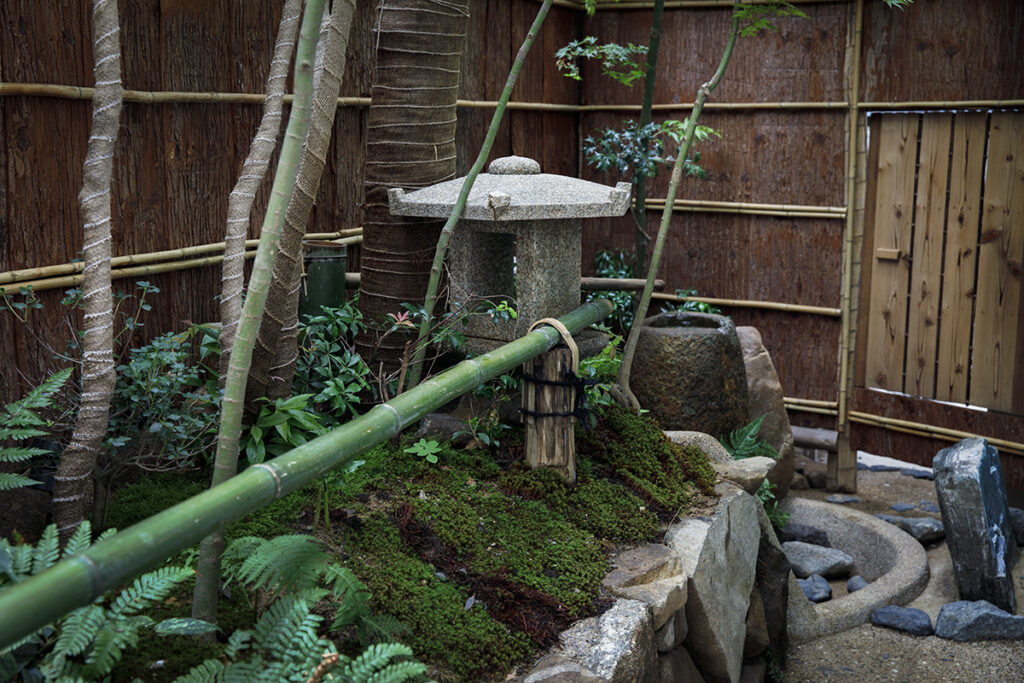
It is said that the original idea for the prototype of the suikinkutsu came from Enshu. We went as far to imitate the Koho-an Temple made by Enshu inside Kyoto’s Daitoku-ji where upon gazing onto the garden from the window inside the store a bamboo blind was installed towards the top to hide other buildings outside from entering the field of vision, the thought was to make it seem the landscape was being trimmed. The lanterns arranged in the garden were also inspired by the lanterns Enshu created with various stone parts that were thrown away that he had collected from different corners of the temple.
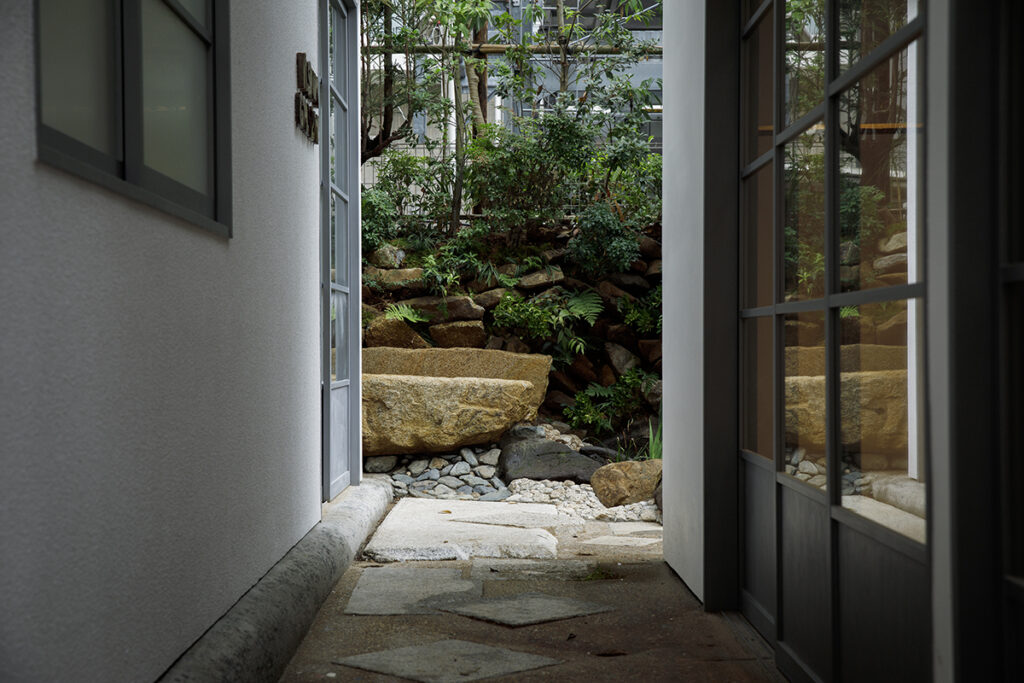
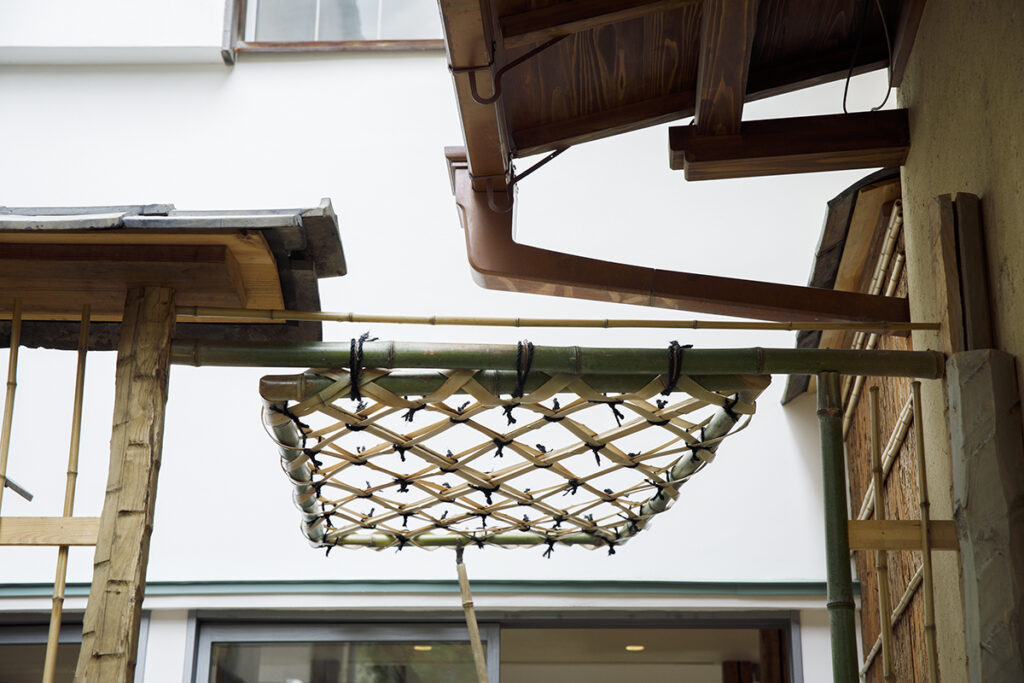
There is a doorway that borders the new store location with the pre-existing store location where we have prepared a bamboo woven door which is raised upwards to open, also known as agesudo. Agesudo comes from Fushinan in Kyoto, a tea house of the Omotesenke school of tea ceremony, but it is also believed to have originated from a version used by Zeami Motokiyo in the world of Noh during the Muromachi period. Today it is rare to find craftsmen who possess the skill to weave bamboo in such ways.
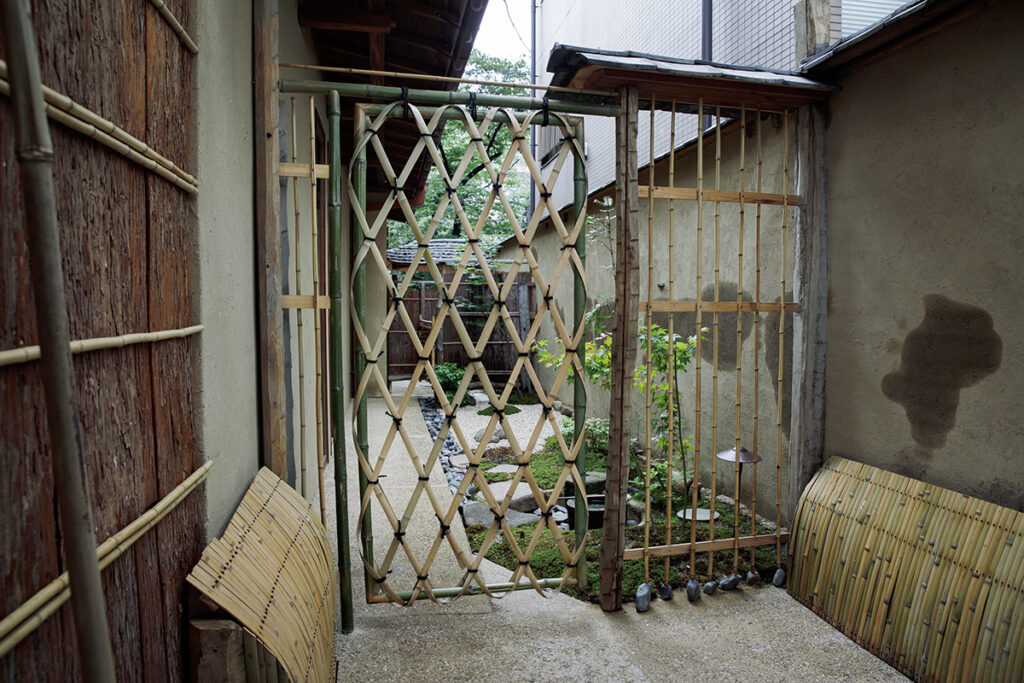
When gazing from the window of VISVIM GENERAL STORE in the direction of the agesudo it is possible to catch sight of the Sakura along the Meguro River. We have also incorporated a sugi bark used for homes from ages ago for the walls, as well as inuyarai commonly found in Kyoto for the substructural finishing. Curved split bamboo laid side by side, also known as yuki-gaeshi. While placing an emphasis on the visual depth we aimed for an effect to make the space look roomy. Thus, we have tried to utilize a variety of methods and forms of ingenuity all over the space to provide as much joy as possible to a person who enters the space.
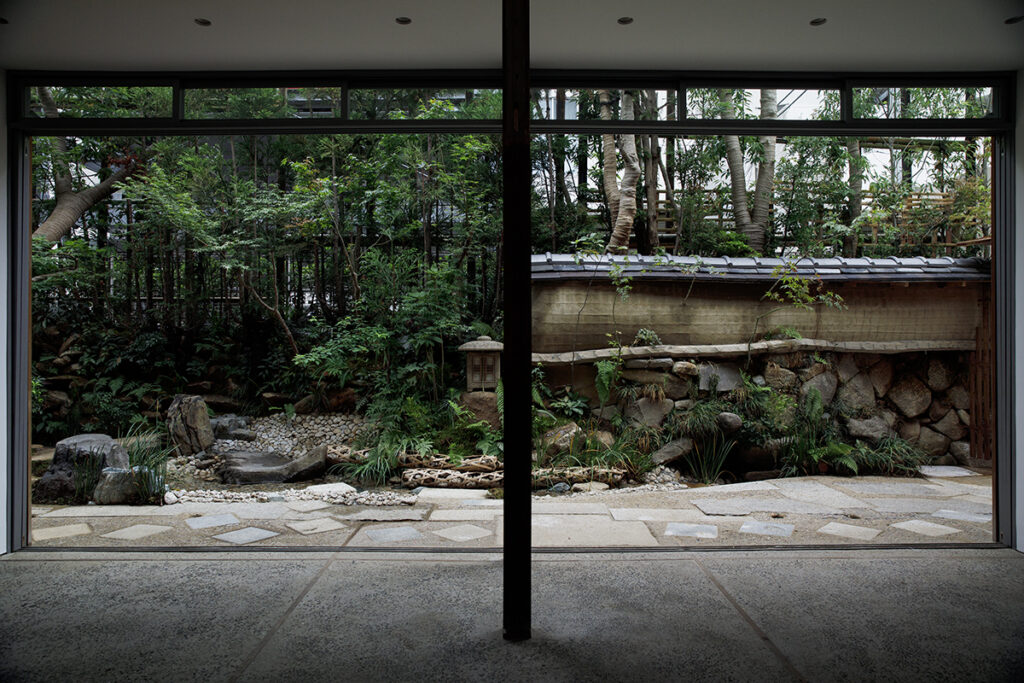
The Chinese poet Tao Yuanming of the Jin dynasty wrote The Peach Blossom Spring, a fable where a fisherman gets lost in a forest of peach blossoms to find a wonderous hidden village of which he cannot rediscover the entrance during a search later, a story similar to that of Urashima Taro. Togenkyo implies utopia and the etymology of such words and anecdotal stories served as a motif for this garden, where I tried to express the overall beautiful landscape of the satoyama.
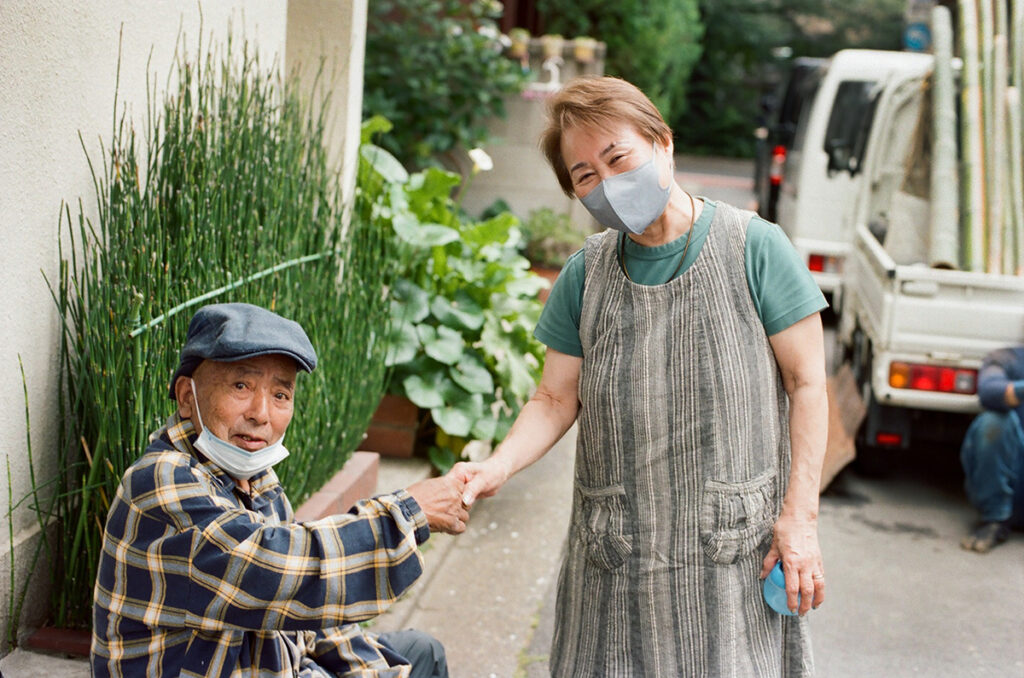
We have reprinted the “Sadao Yasumoro, Master Gardener” which published in Subsequence vol.3 at here.
Movie, Photo: Takeshi Abe(www.takeshiabe.com)
Artisan
Fe Ca Sn
2025.07.02

Artisan
WaNa
2025.06.18

Artisan
Aiko Hama “M e m / o / r a n / d u m”
2025.05.21
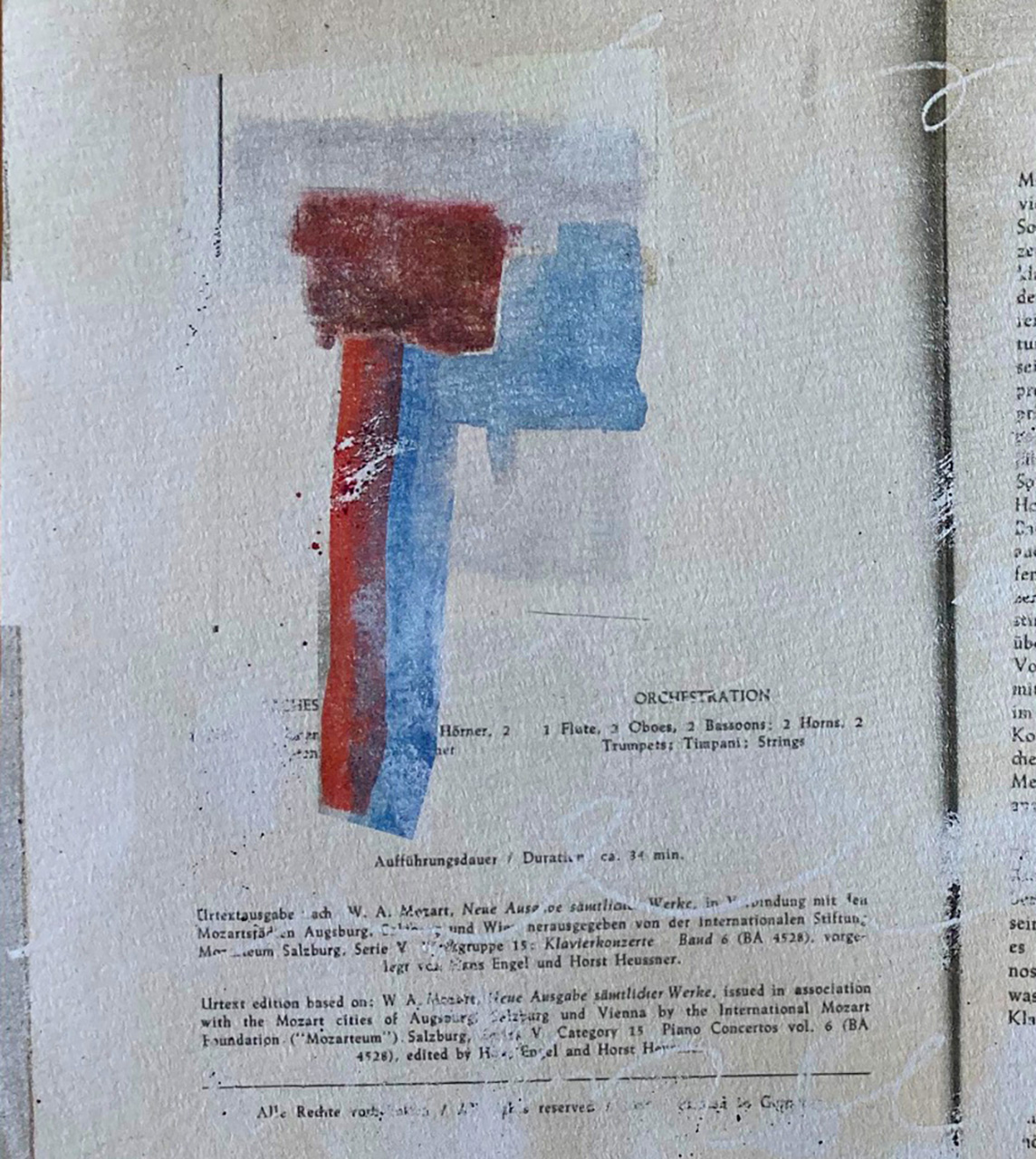
Artisan
Cécilia Andrews
2025.05.07
